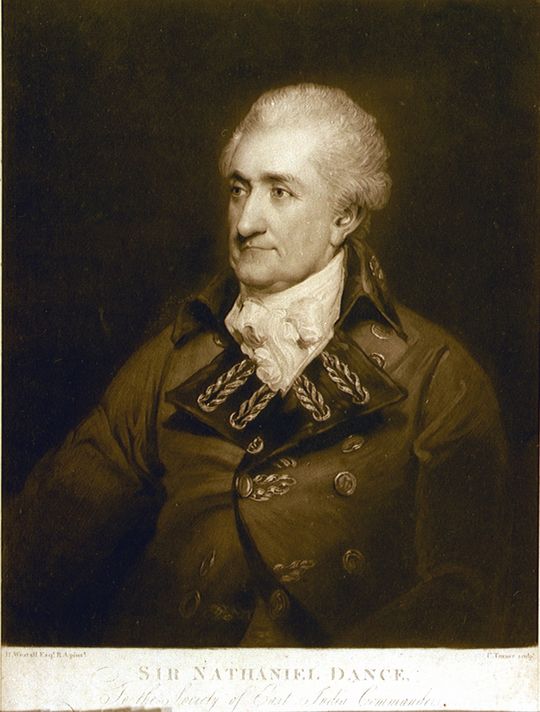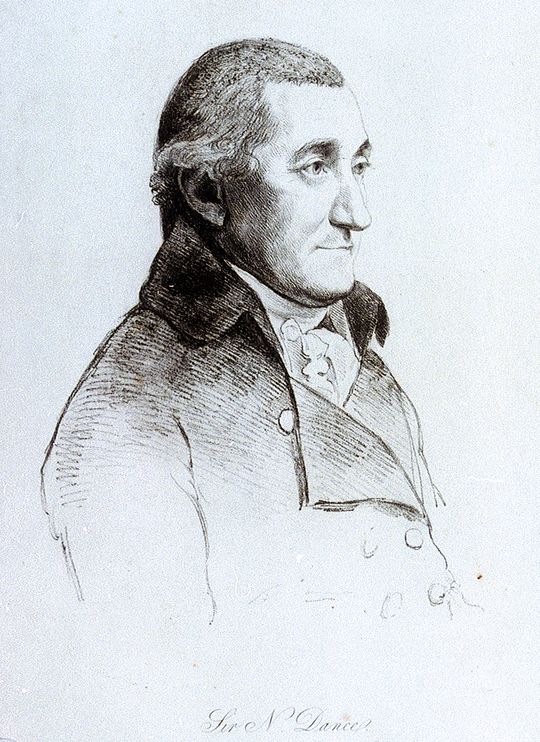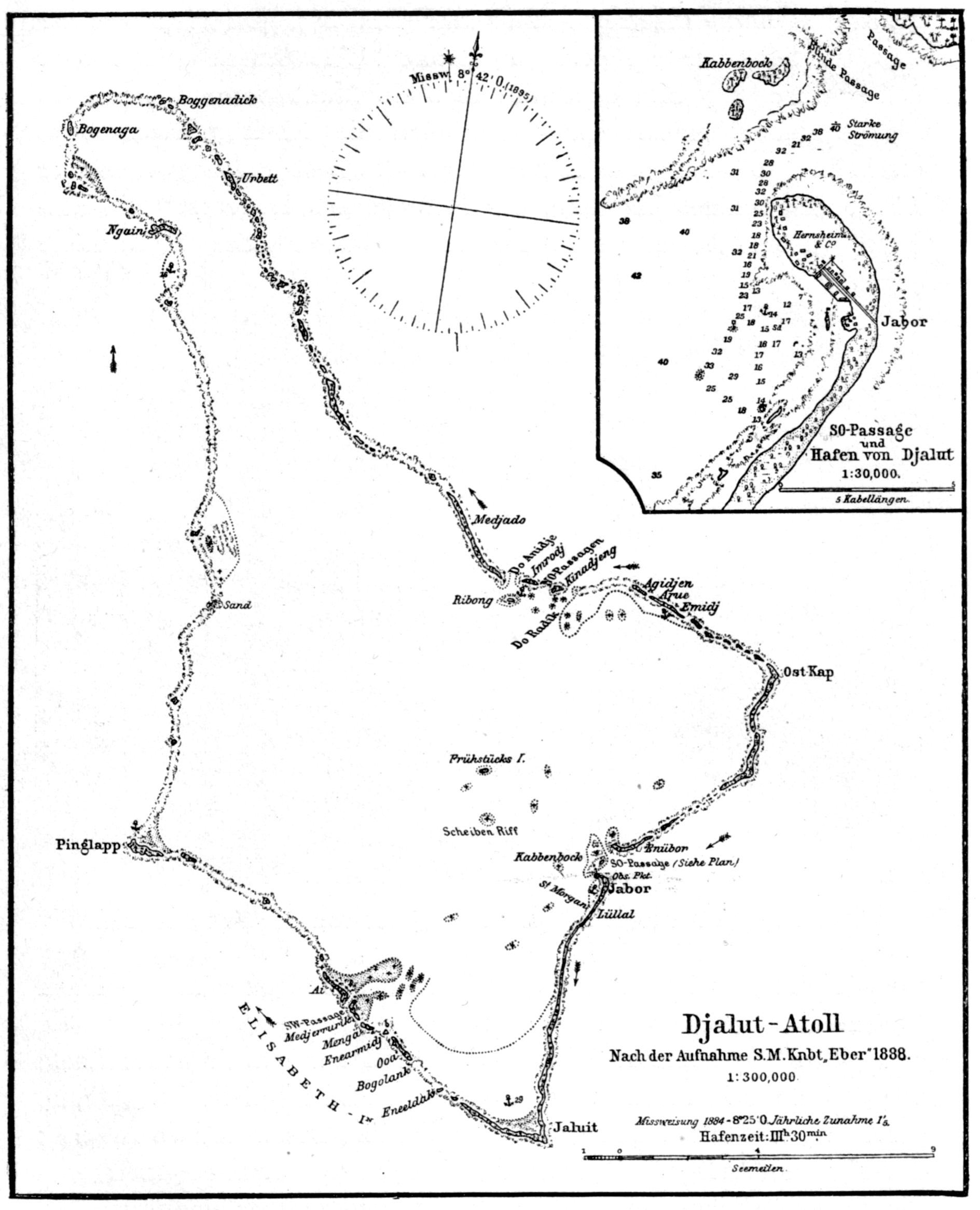|
Rolla (1800 Ship)
''Rolla'' was a sailing ship built in 1800 at South Shields, England. She made one voyage transporting convicts to New South Wales. She then made a voyage for the British East India Company from China back to Britain. She leaves ''Lloyd's Register'' in 1858. Career ''Lloyd's Register'' (''LR'') for 1801 gives the name of ''Rolla''s master as R. Brown, her owner as Brown & Co., and her trade as London-Surinam. During the year J. New replaced R. Brown.''LR'' (1801), Seq.№R234 During 1802, R. Cumming replaced J. New as master. In the 1802 issue of ''Lloyd's Register'' there is no longer any listing for armament. New South Wales, China, and back (1802-04) Under the command of Robert Cumming, ''Rolla'' sailed from |
Temple Shipbuilders
Temple shipbuilders was a family business in North East England during the late eighteenth century and the early nineteenth century. Simon Temple, the Elder Simon Temple (1728–1805) was born in Crayke, North Yorkshire. By 1780 he was advertising himself as a shipwright in South Shields. Simon Temple, the Younger Simon Temple (1759–1815) also born in Crayke opened a shipbuilding yard in Thrift Street, South Shields, and established a colliery in Jarrow. William Smoult Temple Was a shipbuilder at Jarrow (1811 - 1812). Ships Merchant vessels * , an East Indiaman * * * * * * * * * * * * * , an East Indiaman * ''Lord Melville'', see * * * * * * ''Warrior'', see Naval vessels * , name ship of her class * , built as HMS ''Queen Mab'' but renamed * , sixth-rate post ship Post ship was a designation used in the Royal Navy during the second half of the 18th century and the Napoleonic Wars to describe a sixth-rate ship (see rating system of the Royal ... [...More Info...] [...Related Items...] OR: [Wikipedia] [Google] [Baidu] |
Torres Straits
The Torres Strait (), also known as Zenadh Kes ( ">�zen̪ad̪ kes/nowiki>), is a strait between Australia and the Melanesian island of New Guinea. It is wide at its narrowest extent. To the south is Cape York Peninsula, the northernmost extremity of the Australian mainland. To the north is the Western Province of Papua New Guinea. It is named after the Spanish navigator Luís Vaz de Torres, who sailed through the strait in 1606. History Pre-colonisation The islands of the Torres Strait have been inhabited by humans for at least 2,500 years and possibly much longer. The various Torres Strait Islander communities have a unique culture and long-standing history with the islands and nearby coastlines. Their maritime-based trade and interactions with the Papuans to the north and the Australian Aboriginal communities have maintained a steady cultural diffusion among the three societal groups, dating back thousands of years. Era of European colonisation The first recorded ... [...More Info...] [...Related Items...] OR: [Wikipedia] [Google] [Baidu] |
Battle Of Pulo Aura
The Battle of Pulo Aura was a minor naval engagement of the Napoleonic Wars fought on 14 February 1804, in which a large British East India Company (EIC) convoy intimidated, drove off and chased away a powerful French Navy squadron. Although the French squadron was much stronger than the British convoy, Commodore Nathaniel Dance's aggressive tactics persuaded Counter-Admiral Charles-Alexandre Léon Durand Linois to retire after only a brief exchange of fire. Dance then chased the French squadron until his convoy was out of danger, whereupon he resumed his passage toward British India. The battle occurred during an extended commerce raiding operation by Linois' squadron, led by the ship of the line '' Marengo''. In 1803, before war broke out, Linois sailed to the Indian Ocean to install garrisons in French and Batavian colonies and target British merchantmen. A prime target was the "China Fleet," a convoy of East Indiamen carrying millions of pounds' worth of trade goods. Al ... [...More Info...] [...Related Items...] OR: [Wikipedia] [Google] [Baidu] |
Nathaniel Dance
Commodore Sir Nathaniel Dance (20 June 1748 – 25 March 1827) was a British sea captain who served for over four decades in the East India Company (EIC), making numerous voyages to India and back with the fleets of EIC East Indiamen. He was already aware of the risks of the valuable ships he sailed on being preyed on by foreign navies, having been captured by a Franco-Spanish fleet in 1780 during the American War of Independence. His greatest achievement came during the Napoleonic Wars, when having been appointed commodore of one of the company's fleets, he came across a French squadron under Counter-Admiral Charles-Alexandre Léon Durand Linois raiding British shipping in the area. Through skillful seamanship and aggressive tactics he fooled Linois into thinking that his convoy was escorted by powerful naval forces, and the French decided not to risk attacking Dance's fleet. He compounded the deception by taking his lightly armed merchants and chasing the French away, d ... [...More Info...] [...Related Items...] OR: [Wikipedia] [Google] [Baidu] |
East Indiamen
East Indiamen were merchant ships that operated under charter or licence for European Trading company, trading companies which traded with the East Indies between the 17th and 19th centuries. The term was commonly used to refer to vessels belonging to the East India Company, British, Dutch East India Company, Dutch, Louis XIV's East India Company, French, Danish Asiatic Company, Danish, Swedish East India Company, Swedish, Austrian East India Company, Austrian or Portuguese East India Company, Portuguese East India companies. Several East Indiamen chartered by the British East India Company (EIC) were known as clippers. The EIC held a monopoly granted to it by Elizabeth I in 1600 for all English trade between the Cape of Good Hope and Cape Horn. This grant was progressively restricted during the late 18th and early 19th centuries, until the monopoly was lost in 1834. EIC East Indiamen usually ran between Britain, the Cape of Good Hope and India, where their primary destinations ... [...More Info...] [...Related Items...] OR: [Wikipedia] [Google] [Baidu] |
Pearl River (China)
The Pearl River (, or ) is an extensive river system in southern China. "Pearl River" is often also used as a catch-all for the watersheds of the Pearl tributaries within Guangdong, specifically the Xi ('west'), Bei ('north'), and Dong ('east'). These rivers all ultimately flow into the South China Sea through the Pearl River Delta. Measured from the farthest reaches of the Xi River, the Pearl– Xi– Xun– Qian– Hongshui– Nanpan Pearl River system constitutes China's third-longest, after the Yangtze River and the Yellow River, and its second largest by volume, after the Yangtze. The Pearl River Basin drains the majority of Guangdong and Guangxi provinces (collectively known as Liangguang), as well as parts of Yunnan, Guizhou, Hunan and Jiangxi; it also drains the northernmost parts of Vietnam's Northeast Cao Bằng and Lạng Sơn provinces. The Pearl River is famed as the river that flows through Guangzhou. As well as referring to the system as a whole, the ... [...More Info...] [...Related Items...] OR: [Wikipedia] [Google] [Baidu] |
Whampoa Anchorage
Pazhou is a subdistrict of Haizhu in southeastern Guangzhou, Guangdong Province, in China. , formerly Whampoa Island, has a total area of and is the site of Pazhou Pagoda. Its eastern bay was formerly the chief anchorage for ships participating in Guangzhou's foreign trade. Traders from the "Southern Sea", including Indians, Arabians, and most Europeans, were required to keep their ships at Pazhou while smaller craft ferried goods to and from the Thirteen Factories area of Guangzhou's western suburbs. Traders rented storage for ships supplies and repair shops on Whampoa Island. Images of the anchorage were a common theme in 18th-century art. With the expansion of Guangzhou, the subdistrict is now part of its downtown area, with many commercial and recreational facilities. The Guangzhou International Convention and Exhibition Center is the current site of the annual Canton Fair. Names The English, French, and Danish ''Whampoa'' and Swedish ' are irregular roman ... [...More Info...] [...Related Items...] OR: [Wikipedia] [Google] [Baidu] |
Jaluit Atoll
Jaluit Atoll ( Marshallese: , , or , ) is a large coral atoll of 91 islands in the Pacific Ocean and forms a legislative district of the Ralik Chain of the Republic of the Marshall Islands. Its total land area is , and it encloses a lagoon with an area of . Most of the land area is on the largest islet ( motu) of Jaluit (10.4 km2). Jaluit is approximately southwest of Majuro. Jaluit Atoll is a designated conservation area and Ramsar Wetland. In 2021 the population of the islands of Jaluit Atoll was 1,409. It was the former administrative seat of the Marshall Islands. History The British merchant vessel '' Rolla'' sighted Jaluit in 1803. She had transported convicts from Britain to New South Wales and was on her way to China to find a cargo to take back to Britain. In 1885, the German Empire annexed Jaluit Atoll and the other Marshall Islands as protectorate. From 1888 to 1906 the islands were administered by the Jaluit Company on behalf of Germany’s colonial governm ... [...More Info...] [...Related Items...] OR: [Wikipedia] [Google] [Baidu] |
Ailinglaplap Atoll
Ailinglaplap or Ailinglapalap ( Marshallese: , ) is a coral atoll of 56 islands in the Pacific Ocean, and forms a legislative district of the Ralik Chain in the Marshall Islands. It is located northwest of Jaluit Atoll. Its total land area is only , but it encloses a lagoon of . The economy of the atoll is dominated by coconut plantations. The population of the atoll was 1,175 in 2021. Jabat Island is located off the coast of Ailinglaplap Atoll. The former president of the Marshall Islands, Kessai Note, was born on Jeh Island, Ailinglaplap Atoll. "Ailinglaplap" translates as "greatest atoll" (' (atoll) + ' (superlative suffix)), because the greatest legends of the Marshallese people were created there. The four major population centers on Ailinglaplap Atoll are the settlements of Wotja, at the westernmost end of the atoll, Jih in the northeast, and Airek and Bigatjelang in the south. History Captain Thomas Dennet of the British vessel ''Britannia'' sighted the atoll in 1797 ... [...More Info...] [...Related Items...] OR: [Wikipedia] [Google] [Baidu] |
Mili Atoll
Mili Atoll ( Marshallese: , ) is a coral atoll of 92 islands in the Pacific Ocean, and forms a legislative district of the Ratak Chain of the Marshall Islands. It is located approximately southeast of Arno. Its total land area is making it the second largest of the Marshall Islands after Kwajalein. It encloses a much smaller lagoon than Kwajalein, with an area of . The atoll is separated by a water channel called the Klee Passage from the Knox Atoll which is considerably smaller. The population of Mili Atoll was 497 at the 2021 census. The main village is also called Mili. Other villages include Nallu, Enejet, Lukonor, Tokewa, and Wau, Mili. Nallu, Enejet and Lukonwor are accessible from Mili by land only during lowtide. Only Mili and Enejet have runways for small aircraft. Mili Airport and Enejit Airport are served by Air Marshall Islands when its aircraft are operational. History The British merchant vessel '' Rolla'' sighted several islands in the Ratak and R ... [...More Info...] [...Related Items...] OR: [Wikipedia] [Google] [Baidu] |
Marshall Islands
The Marshall Islands, officially the Republic of the Marshall Islands, is an island country west of the International Date Line and north of the equator in the Micronesia region of the Northwestern Pacific Ocean. The territory consists of 29 coral atolls and five main islands as well as 1,220 other very small ones, divided across two Archipelago, island chains: Ratak in the east and Ralik in the west. 97.87% of its territory is water, the largest proportion of water to land of any sovereign state. The country shares Maritime boundary, maritime boundaries with Wake Island to the north, Kiribati to the southeast, Nauru to the south, and the Federated States of Micronesia to the west. The capital city, capital and largest city is Majuro, home to approximately half of the country's population. The Marshall Islands are one of only four atoll based nations in the entire world. Austronesian settlers reached the Marshall Islands as early as the 2nd millennium BC and introduced Southeas ... [...More Info...] [...Related Items...] OR: [Wikipedia] [Google] [Baidu] |
Ralik Chain
The Ralik Chain ( Marshallese: , ) is a chain of islands within the island nation of the Marshall Islands. Ralik means "sunset". It is west of the Ratak Chain. In 1999 the total population of the Ralik islands was 19,915. Christopher Loeak, who became President of the Marshall Islands in 2012, was formerly Minister for the Ralik Chain. List of atolls and isolated islands in the chain: * Ailinginae Atoll * Ailinglaplap Atoll * Bikini Atoll * Ebon Atoll * Enewetak Atoll * Jabat Island * Jaluit Atoll * Kili Island * Kwajalein Atoll * Lae Atoll * Lib Island * Namdrik Atoll * Namu Atoll * Rongdrik Atoll * Rongelap Atoll * Ujae Atoll * Ujelang Atoll Ujelang Atoll ( Marshallese: , ) is an uninhabited coral atoll of 30 islands in the Pacific Ocean, in the Ralik Chain of the Marshall Islands. Its total land area is , and it encloses a lagoon of . It is the westernmost island in the Marshall I ... * Wotho Atoll Language The Rālik Chain is home to the Rālik dialect ( ... [...More Info...] [...Related Items...] OR: [Wikipedia] [Google] [Baidu] |







